The health benefits of the natural environment
One of the most important factors in promoting good health and preventing chronic disease is regular physical activity; ranked second only to tobacco control. With less than a third of Australians getting enough physical activity, this is leading to increased risks of chronic disease and mental ill health. The estimated cost to the Australian economy has been put at a total of $13.8 billion each year.
Public parks in Victoria, Australia, offer access to nature and it is widely accepted that time spend in nature improves wellbeing, reduces stress and promotes physical activity for all. Parks are now perhaps the main way of accessing nature in the daily lives of many city-dwellers, particularly in Victoria’s capital city of Melbourne. Melbourne is reported to have the largest area of parkland within a three-kilometre radius of the CBD of any major city in the world (Australian Institute of Urban Studies & City of Melbourne 2004, ‘Chapter 5: Open Space’, Environmental Indicators for Metropolitan Melbourne, no. 7, pp. 49-52).
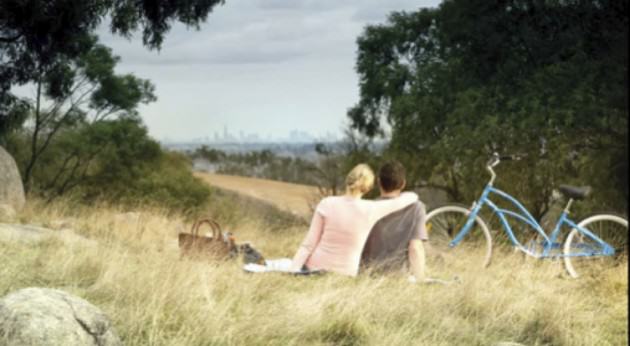
In light of this it seems timely to acknowledge that natural environments with contemporary facilities may encourage diverse experiences that support our emotional, physical and spiritual health. The benefits of contact with nature for human health are become increasingly clear and it appears that such benefits hold true regardless of age, gender, race, ethnicity and health status (for examples see here).
Nature is now also beginning to be viewed as a commodity that should be readily available to everyone and not just to the lucky few living close to parks. Access to nature is a determinant of health for entire city-based populations and as such is becoming a social justice issue.
Finding lost wisdom
As the number of people in cities continues to rise, how will we meet the challenge of designing and maintaining healthy cities that engage and inspire residents to be healthy? I was pondering this challenge when I recently attended a Biodiversity and Health Forum in the Melbourne (Australia) suburb of Broadmeadows, hosted by the Local Government Biodiversity Planners Network.
One of many insights that I had on that day related to how the park and open space planners of the early 1900s in Melbourne were keenly aware of the health benefits of nature and planned urban development of Melbourne to take advantage of these. A highly insightful quote from 1929 states that:
“…abundant evidence is available to substantiate the views of city planners, the medical profession and psychologists that proper outdoor recreation has a most beneficial effect on the health, morals and business efficiency of communities and consequentially on national life”. —1929 Melbourne Metropolitan Town Planning Commission
Health for all
By 2050, the number of people living in cities is expected to rise to 86% in the more developed and 67% in the less developed regions of the world.

The inter-linkages between our health and where we live, work and play means that there are daily opportunities to improve our individual and community health. As we’re predominantly living in cities, let’s work with the decision-makers to maximise nature conservation, share benefits and support community wellbeing and prosperity.
Put simply, we need to broaden the guest list at city parks and do it urgently.
It’s empowering to realise that health promotion policies and actions that focus on combating our non-communicable diseases (NCDs) can achieve benefits for parks too. NCDs include heart attacks, strokes, cancers, various respiratory diseases and diabetes.
More than 36 million people die every year from NCDs and almost 80% of NCD deaths now occur in low- and middle-income countries. With the projected number of deaths per year expected to reach 44 million deaths per year by 2020, this is a global health epidemic. To reinforce this, the World Health Organization (WHO) will convene a formal meeting with Member States in November this year for a new interagency UN Task Force on NCDs, given that the global burden of NCDs “constitutes one of the major challenges for development in the 21st century”.
Current evidence suggests that NCDs can be greatly reduced by lifestyle decisions that are actually key risk factors: tobacco use, unhealthy diet and physical inactivity, and the harmful use of alcohol. In tackling these lifestyle issues, there are opportunities to also benefit and promote urban biodiversity.
Developing urban spaces that improve air quality, promoting public transport and physical activity, and facilitating local food security, for example, can improve our health, conserve biological diversity; and support healthy ecosystems in parks. We need to get more people, more active, more often in city parks.
Parks for preservative health
Parks Victoria has for more than a decade championed the Healthy Parks Healthy People (HPHP) philosophy and developed four principles, which are:
- The wellbeing of all societies depends on healthy ecosystems
- Parks conserve and nurture healthy ecosystems
- Contact with nature is essential for improving emotional, physical and spiritual health and wellbeing
- Parks are fundamental to economic growth and to vibrant and health communities
The HPHP principles make it quite clear that parks are of critical importance to the economy and to society and thus to our future health and prosperity. This is a much more holistic and collaborative interpretation of parks and conservation than perhaps just ten years ago.
Through the HPHP Active in Parks program, Parks Victoria and partners have involved approximately 15,000 people in 13 different types of activities in a variety of city parks and some national parks. This program adopts collaborative initiatives to encourage ‘at risk’ groups of people to be more active in parks. ‘At risk’ refers to groups who have been identified as having barriers to accessing parks and include: youth, the elderly, people living with a disability, culturally and linguistically Diverse (CALD) communities, among others.
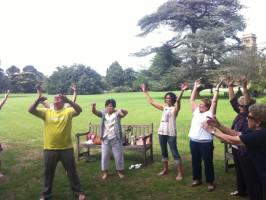
Some examples of activities in the HPHP Active in Parks program include green gyms, art and cultural activities, volunteering opportunities, children and family activities, urban camping, guided walks and other facilitated activities and community exercise events.
The activities are designed to overcome barriers for increasing physical participation, as identified by VicHealth, Australia. These barriers were a lack of time; affordability; visitor knowledge; transport; inclusive facilities; self-confidence and support, as well as concerns about safety and injury.
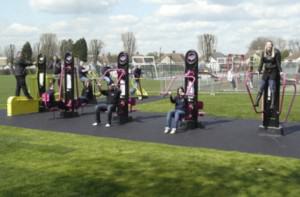
HPHP Active in Parks emphasises the introduction of new visitors to Parks that may not otherwise understand the availability, safety, accessibility and additional health benefits of being active in nature. The program facilitates a connection with individuals through partnerships with community development organisations and provides them with information to assist with their confidence and knowledge so that they may pursue their own activities in nature in the future.
The activities and models continuing to be tested and adapted, but they demonstrate just some of the opportunities for city parks to support local residents and to contribute to community wellbeing. It is a practical example of park managers working closely with other sectors to engage new audiences in using urban parks.
Setting the future agenda—World Parks Congress 2014
The upcoming 6th IUCN World Parks Congress (WPC), which will be held in Sydney in November 2014, offers a once-in-a-decade opportunity to collaboratively define a new guest list for parks.
To give a little history, the IUCN World Parks Congress has been held every ten years since 1962, and sets the global parks agenda for the following decade. The 5th World Parks Congress was held in Durban South Africa in 2003. Its theme was ‘Benefits Beyond Boundaries’ and the Congress produced the Durban Accord and Action Plan and the ‘Message to Convention on Biological Diversity’ that led to the development and adoption of the Programme of Work on Protected Areas (http://www.cbd.int/protected/).
The 6th WPC in 2014 is expected to attract 3,000 delegates from about 160 countries. The ultimate aim of the Congress is to position parks and protected areas firmly within broader goals of economic and community wellbeing. The theme of the Congress is ‘Parks, People Planet: Inspiring Solutions’. The program is divided into 8 streams (see below) and will consist of plenary sessions, workshops, special events, side meetings and capacity building activities. A public festival will be held on Sunday 16 November 2014.
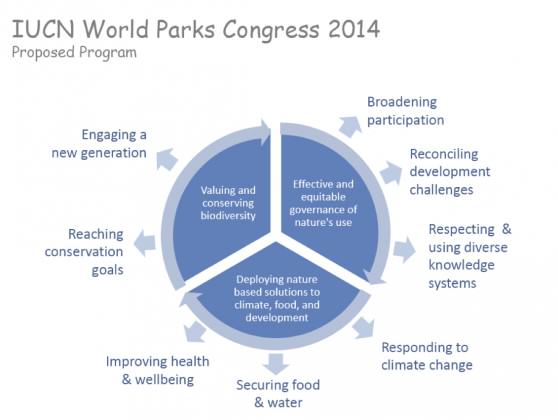
Improving global health and wellbeing
The theme ‘improving health and wellbeing’ at the WPC is highly complimentary to the approach of Healthy Parks Healthy People and offers an excellent opportunity for park managers and the health sector to further develop awareness of and commitment for healthy, prosperous societies being dependent on healthy natural environments.
The ultimate aim of the health and wellbeing stream is to enhance concerted global actions for parks and contribute to improved health of individuals and communities globally. This will be achieved by developing a stream programme that:
- Creates awareness of the range of vital linkages between human health and parks (nature)
- Develops a shared understanding between sectors responsible for human health and parks (nature)
- Enables park agencies to develop new health sector partnerships and strengthen existing ones to deliver benefits for both human health and parks (nature)
- Inspires the ‘influencers’ to deliver long-term, positive change to the policies, programmes and funding for both human health and parks (nature)
Our success will initially be measured during the WPC, but a more challenging assessment will be the collective ability of stream partners and participants to look long-term and work towards legacy outcomes for the health and parks after the energy and excitement of the Congress has left.
The following five ‘big ticket’ items are currently being discussed with partners (of course!) in a range of forums as potential long-term legacies of the health and wellbeing stream at WPC:
- Inspire leaders to promote and utilize parks for their value in connecting individuals and communities to nature and as a means to improving health and wellbeing for all
- Develop an innovative and diverse suite of policy, planning, program and funding models that connect the environment (parks) and health sectors in order to enhance the use of and support for nature-based health programmes
- Imbed a range of human health objectives into park conservation targets with the outcome being a measure of the value of parks for human health
- Contribute to achievement of the Strategic Plan for Biodiversity 2011–2020 and particularly the Aichi Biodiversity Targets 11 and 14 related to protected areas, ecosystem services and human health
- Influence the development of the Sustainable Development Goals to recognize the co-dependence of human health and healthy ecosystems and to enhance concerted global actions for parks as a result of their significant contribution to human health and sustainable development
One specific and tangible way that knowledge will be shared on the linkages between healthy societies on healthy natural environments is through the development of a new IUCN Best Practise Guideline for Healthy Parks Healthy People in 2015. The process for development will take advantage of upcoming lead-in events including IUCN Asian Parks Congress (Japan, Nov. 2013) and the 2nd International HPHP Congress and Expo (USA, June 2014) as well as utilizing on-line collaborative development tools. The draft Guidelines will be ready for further consultation and workshopping during the health stream at the WPC 2014. City-based case studies can be contributed and will be considered during the drafting process. Please contact me ([email protected]) for further details.
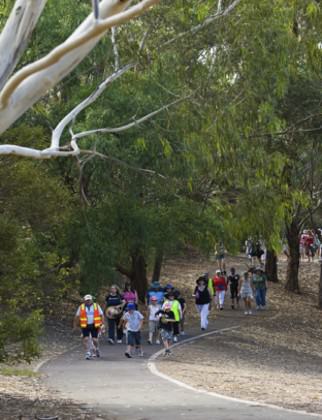
Funding the future
Parks contribute to human health and nature conservation and nowhere is this more relevant than in cities, given the current and projected proportion of the global population living there. City-based parks boost urban liveability and offer low-cost preventative and remedial health opportunities for individuals and communities, among other benefits.
Park establishment and management demands resources, but their long-term benefits in controlling healthcare costs makes a case for combined budgeting and program development with health and environment sectors. There is also now increasing interest by both sectors to jointly quantify and communicate the values and benefits of parks for health; explore innovative partnerships that establish further clinical trials; and leverage funding for the expansion of nature-based health programs.
The future of city parks is inclusive and collaborative—parks are inspiring and accessible solutions for being healthy by nature.
Kathryn Campbell
Victoria, Australia


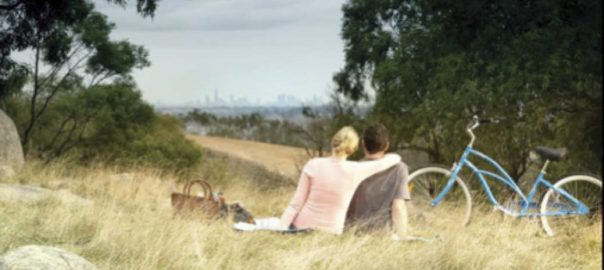
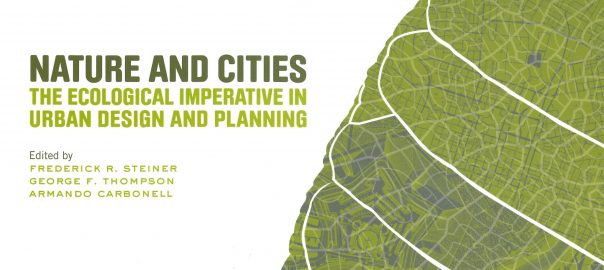

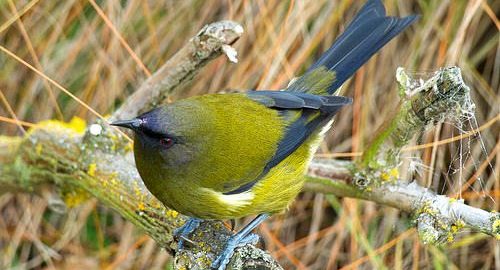
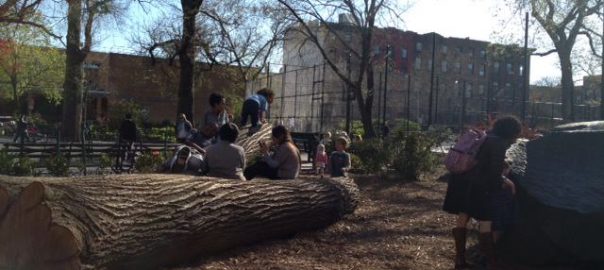
Leave a Reply